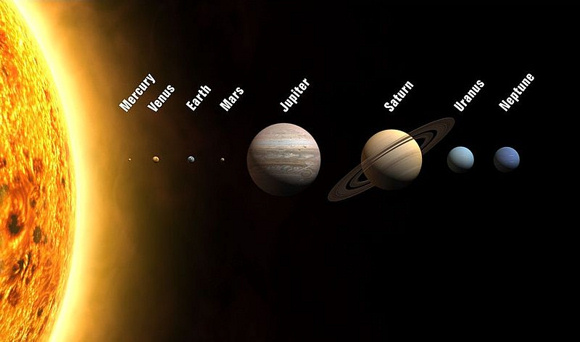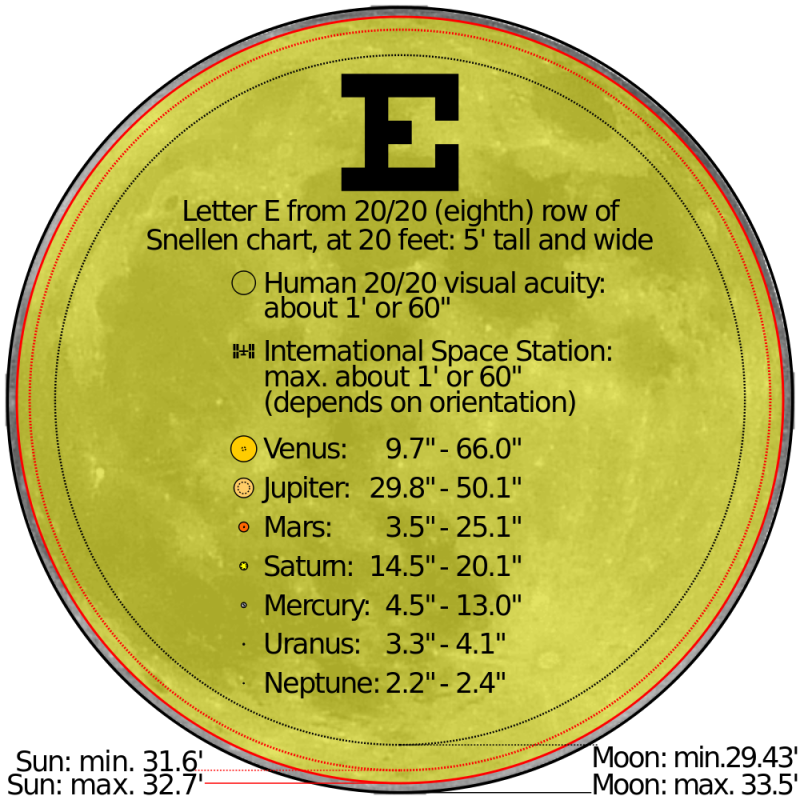On December 22, 23 and 24, 2020, use the waxing gibbous moon to find the red planet Mars. Mars isn’t exactly blazing now, as it was some months ago when Earth was passing between it and the sun. But Mars is still bright, and still very red, a stunning sight high in the sky at nightfall. Plus you can use Mars as your guide “star” to the planet Uranus. Mars outshines Uranus by some 300 times now. You’re not likely to see dim Uranus in the moonlit glare; it’s barely perceptible to the unaided eye as a faint speck of light, on a dark, moonless night. But … find Mars … then find Uranus when the moon has moved away.
Most people need a sky chart and an optical aid to see Uranus. Ordinary binoculars should suffice, but the trick is to know right where to look. Fortunately, Mars and Uranus will be close enough together on the sky’s dome in January 2021 to fit inside a single binocular field.

At present, Uranus lies some 14 degrees east of Mars on the sky’s dome. Day by day, however, Mars will close the gap between itself and Uranus; and on January 21, 2021, Mars and Uranus will be in conjunction, with Mars sweeping some 1 3/4 degrees north of Uranus. (For reference, the moon’s angular diameter spans about 1/2 degree of sky.) For some three weeks – centered on January 21 – these two worlds should be close enough to take stage together in one binocular field: roughly from January 11 to 31, 2021.
We refer you to the ecliptic, the green line on our sky chart. The ecliptic is the Earth’s orbital plane projected onto the constellations of the zodiac.
For sky-watching purposes, the ecliptic depicts the approximate plane of the solar system. Since the moon revolves around the Earth, and the planets revolve around the sun, on nearly the same plane that Earth orbits the sun, practiced sky watchers know the moon and solar system planets are always found on or near the ecliptic. The moon goes full circle in front of the constellations of the zodiac in about 27.3 days, Mars does so in about 1.88 Earth-years and Uranus in about 84 Earth-years.
Because Mars travels so much more swiftly along the ecliptic than does slow-plodding Uranus, Mars usually laps Uranus every other year. Mars last met up with Uranus on February 13, 2019, and will next meet up with Uranus on the sky’s dome on January 21, 2021. Here are the dates for the Mars-Uranus conjunctions for the upcoming decade (2021 to 2030):
January 21, 2021
August 1, 2022
July 15, 2024
July 4, 2026
June 23, 2028
June 15, 2030
Below, the chart shows you the angular diameters of the sun, moon and solar system planets. On December 22, 2020, the angular diameter of Mars = 11.6 seconds of arc, whereas the angular diameter of Uranus = 3.7 seconds of arc. At their conjunction on January 21, 2021, the angular diameter of Mars = 8.6 seconds of arc whereas that of Uranus = 3.6 seconds of arc.

Bottom line: Use the moon to find the planet Mars on December 22, 23 and 24, 2020. Then use the planet Mars to find Uranus with Mars in a single binocular field in January 2021.











